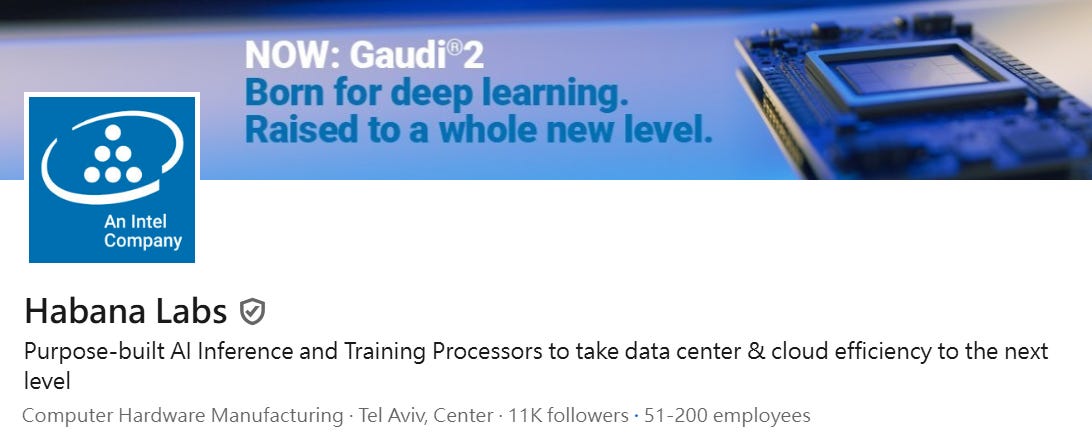Captain Intel: Reassembling the Semiconductor Avengers
Original Article by SemiVision Research
Major U.S. semiconductor giants, including Intel, AMD, Apple, Qualcomm, NVIDIA, and Broadcom, are depicted as the "Semiconductor Avengers." Just like the heroes in Marvel's Avengers movies, these industry leaders are uniting to strengthen America's semiconductor dominance. This symbolizes their collective effort to "Make America Great Again" in the tech and chip industry, ensuring leadership in innovation, manufacturing, and global competition. The image humorously highlights the industry's strategic comeback amid geopolitical challenges and supply chain shifts.
Appointment of the New CEO and His Background
Intel has announced the appointment of Lip-Bu Tan as its new CEO, effective March 18, 2025. At that time, he will also rejoin Intel’s board of directors. This decision surprised the market but is widely regarded as a positive move for Intel.
Lip-Bu Tan previously joined Intel’s board in September 2022 but resigned in August 2024. Initially, it was speculated that his departure was related to potential business spin-offs or other strategic decisions at Intel. However, it now appears that his resignation was to avoid conflicts of interest in preparation for taking over as CEO.
Lip-Bu Tan’s message to Intel Employees
Professional Background and Strengths
Lip-Bu Tan has extensive industry experience. He has demonstrated outstanding leadership at Cadence Design Systems and Habana Labs, bringing a fresh perspective to Intel. His expertise spans EDA, semiconductor manufacturing, and ecosystem development, making him well-suited to lead Intel’s transformation.
Challenges Within Intel and Timing of the CEO Transition
Former CEO Pat Gelsinger aggressively expanded Intel’s manufacturing capabilities, heavily investing in new fabs worldwide. However, due to market shifts, these investments did not yield the expected returns, putting financial pressure on Intel and leading to delays or halts in various expansion projects.
Lip-Bu Tan’s immediate priority as CEO is to stop the financial bleeding, which includes:
• Pausing the construction of new fabs (both overseas and in the U.S.)
• Reducing capital expenditures (slowing down equipment purchases)
• Optimizing internal organization and workforce (potential layoffs to cut costs)
Strategic Direction Under the New CEO
The market expects Intel to move toward a healthier financial structure under Lip-Bu Tan’s leadership. While he previously advised against excessive spending in board discussions, his strategy as CEO appears to be more pragmatic, focusing on strengthening the foundry business (IFS), adjusting collaboration models, and optimizing Intel’s internal operations.
The Ever-Shifting Relationship Between TSMC and Intel: A History of Competition and Cooperation
1. Strengthening Intel Foundry Services (IFS)
In an internal email to employees, Lip-Bu Tan emphasized the importance of expanding Intel’s foundry business, marking a shift from his earlier concerns about over investment in IFS. His strategic approach includes:
• Leveraging existing fab resources
Intel currently operates 15+ fabs (with future expansions potentially exceeding 20). If effectively converted for foundry use, Intel’s monthly wafer capacity could reach hundreds of thousands of wafers, presenting a significant opportunity for growth.
• Partnering with TSMC for advanced nodes
Through joint ventures (JV), Intel could collaborate with TSMC to enhance its process technology capabilities.
• Collaborating with UMC on 12nm technology
This model mirrors TSMC’s approach, where UMC helps Intel optimize process design kits (PDK) and IP offerings to enhance foundry competitiveness.
UMC lacks FinFET process capacity and is relatively conservative in investing in advanced process nodes. However, it still needs to meet customer demands. The best approach for UMC is to collaborate with Intel—leveraging Intel’s equipment and UMC’s customer base to create a win-win situation for both companies. Additionally, with the successful development of the 12nm process, UMC may also have the opportunity to work with Intel on developing single-digit nodes.
What is PDK?
PDK (Process Design Kit) is a critical toolkit provided by semiconductor foundries (such as TSMC, Samsung, and Intel Foundry Services) to IC design companies. It helps designers create, verify, and simulate circuits based on a specific semiconductor process.
Main Components of PDK:
1. Design Rules
• Defines physical constraints such as line width, spacing, and layer requirements to ensure manufacturability.
2. SPICE Models
• Provides transistor electrical characteristics for circuit simulation and validation.
3. Standard Cell Library
• Includes fundamental logic gates (e.g., AND, OR, INV) and memory elements for digital circuit design.
4. Parasitic Extraction
• Provides resistance (R), capacitance (C), and interconnect effects models for timing and power analysis.
5. Design for Manufacturability (DFM) Rules
• Ensures the design achieves high manufacturing yield and reduces defects.
6. Packaging and Testing Models
• Provides parameters related to packaging to ensure chip and package compatibility.
Applications of PDK in the Semiconductor Industry:
• Foundries provide PDKs to design companies to ensure compatibility with their manufacturing processes.
• Design companies use PDKs with EDA tools (such as Cadence and Synopsys) for circuit simulation and verification.
• With the rise of heterogeneous integration (e.g., chiplets, 3D ICs), PDKs now also include design rules for advanced packaging technologies.
PDK serves as a crucial bridge between IC design and semiconductor manufacturing, determining whether a design can be successfully fabricated while meeting performance and power consumption targets.
Positioning Intel as its own largest foundry customer
Intel’s internal demand for chips (PCs, laptops, servers, data centers) alone could reach hundreds of thousands of wafers per month, sustaining the foundry business.
Intel’s Internal Demand refers to the semiconductor components and products that Intel manufactures and consumes for its own operations. This includes the company’s internal use of chips for its various product lines and business functions. Here are some key aspects of Intel’s internal demand:
1. Internal Product Lines:
CPUs: Intel’s core business revolves around producing processors for personal computers, servers, and other computing devices. The company consumes a significant portion of its own CPU production to supply its internal needs and test new products.
For paid members , Semivision research will discuss following topics
Full Article
Intel’s Partnerships with Key Customers
Table: Major Foundry Technology Node Summary
Table: Intel Chip Series Summary
TSMC’s top 10 customers in the future



















